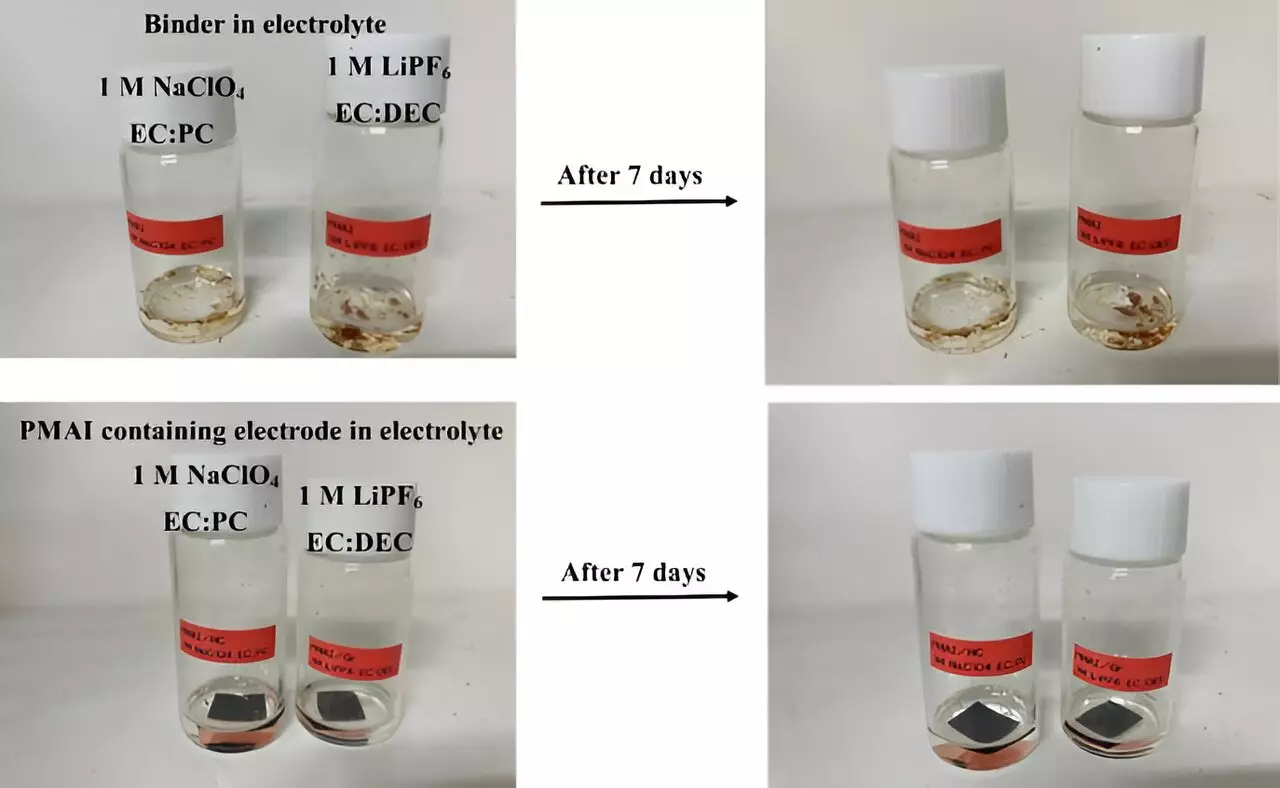The accelerating global demand for electronic devices and electric vehicles underscores the urgent requirement for advanced energy storage solutions. As societies increasingly pivot toward renewable energy sources and electric mobility, the performance, safety, and environmental impact of batteries have never been more critical. Lithium-ion batteries (LIBs) have dominated the energy storage market for several decades, yet their limitations, particularly concerning lithium scarcity and unsustainable extraction practices, compel researchers and manufacturers to investigate alternatives that can meet the growing energy demands of the future.
The Limitations of Lithium-Ion Batteries
Lithium-ion batteries have long been the backbone of modern energy storage. However, their supply chain vulnerabilities demonstrate the difficulties inherent in relying on a single material for widespread applications. The extraction of lithium has economic, ecological, and geopolitical implications, raising concerns about its long-term sustainability. A shift towards alternative battery technologies is essential not only to democratize access to energy storage but also to foster a more sustainable and circular economy.
In light of these challenges, sodium-ion batteries (SIBs) have emerged as a compelling alternative. Sodium, being abundant and widely available, offers a cost-effective solution to the supply chain limitations associated with lithium. Furthermore, sodium boasts significant electrochemical potential, suggesting that SIBs could become a feasible and scalable alternative to LIBs. Nevertheless, the adoption of SIB technology is not without its hurdles. The larger ionic radius of sodium compared to lithium leads to slower ion kinetics, which can adversely affect the overall battery performance. Additionally, the compatibility of electrode materials that can perform well in both LIBs and SIBs remains a vital focal point for research.
Innovative approaches to electrode design are essential for overcoming the inherent limitations of SIBs. Researchers are exploring the use of novel materials that could enhance the performance and stability of these batteries. Professor Noriyoshi Matsumi and his doctoral student Amarshi Patra from the Japan Advanced Institute of Science and Technology (JAIST) have directed their focus toward the utilization of polymeric binders for SIB electrodes. Their latest research, recently published in *Advanced Energy Materials*, introduces a new water-soluble poly(ionic liquid) known as poly(oxycarbonylmethylene 1-allyl-3-methylimidazolium) (PMAI).
PMAI was tested for its binding ability in both LIBs and SIBs, revealing promising results. By enhancing the interaction at the molecular level, PMAI significantly improved the electrochemical performance and cyclic stability of the cells tested. The research team’s findings indicate that the polymeric binder can effectively tackle the slow sodium-ion diffusion issue that has historically hindered the performance of SIB technology.
Tests conducted on the PMAI-based anodic-half cells demonstrated exceptional electrochemical performance, yielding capacities of 297 mAhg⁻¹ at 1C for LIBs and 250 mAhg⁻¹ at 60 mAg⁻¹ for SIBs. Remarkably, the sodium-ion batteries exhibited 96% capacity retention after 200 cycles, while the lithium-ion counterparts demonstrated an 80% retention rate after 750 cycles. Such performance metrics position PMAI as a significant advancement in electrode material science.
The researchers attributed the improved performance to several critical factors: increased ion diffusion coefficients, reduced resistance, and diminished activation energy. The functionalization of the solid electrolyte interphase via binder reduction played an instrumental role in achieving these breakthroughs. The experimental success with PMAI positions this novel polymer as a potential game changer for both lithium-ion and sodium-ion battery technologies.
The development of PMAI emphasizes the potential of innovative materials in enhancing battery performance, particularly in the context of sodium-ion technology. As a viable alternative to lithium-ion batteries, SIBs offer a pathway towards more sustainable and eco-friendly energy storage solutions. Professor Matsumi’s work signifies a critical step forward in the quest for effective energy storage materials, with implications for future electronic devices and electric vehicles. As the industry continues to explore advanced materials, the prospects for sodium-ion powered technologies look increasingly optimistic, heralding a new era in clean energy storage and utilization.

